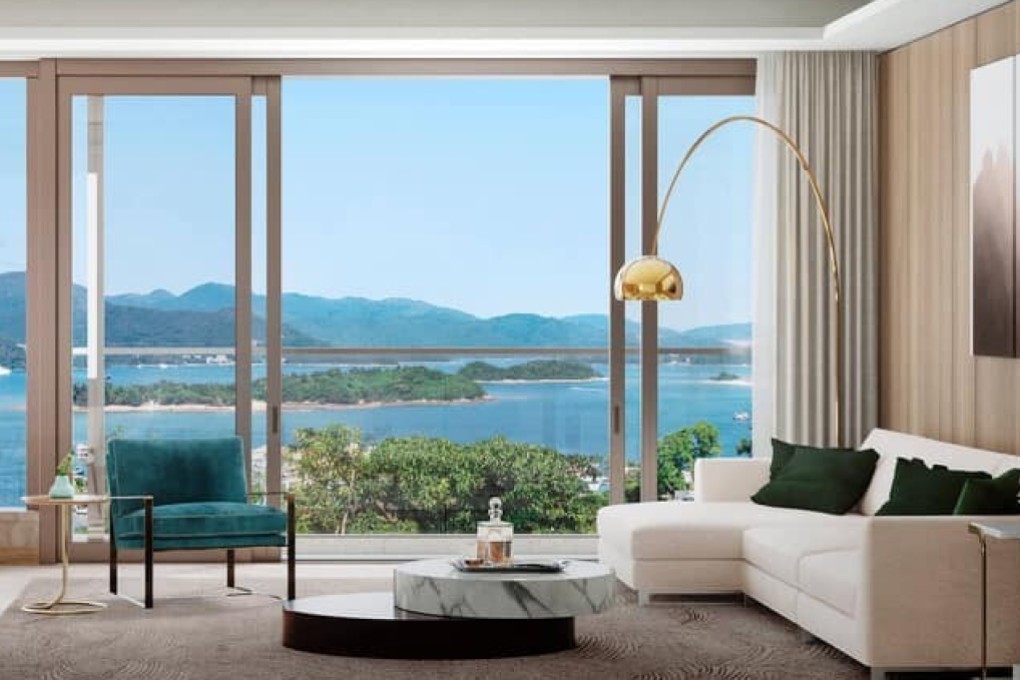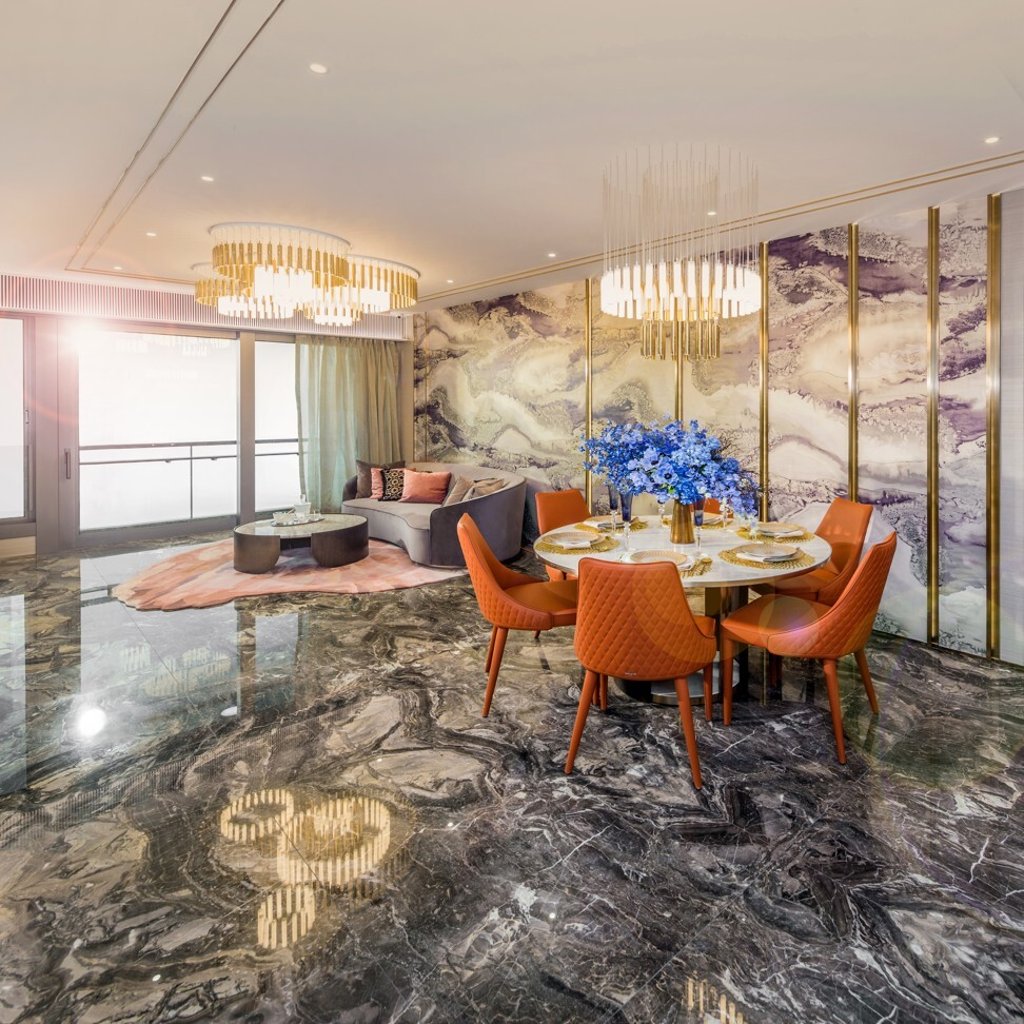New Territories East: luxury property rises amid the rolling greenery of Sai Kung
- The coronavirus pandemic has made areas like Sai Kung even more popular, with expats and locals alike swapping out the city’s tightly packed districts for fresh air, swathes of nature and, of course, more liveable space

The New Territories are basking in what’s become known as the EEL effect – elegance, ease and luxury. Fast rising new developments north of Kowloon are attracting an increasing number of buyers who are drawn by their superior design, facilities and – most of all – location.
Prime examples include El Futuro with 266 units in Sha Tin, the super-indulgent Ontolo in Tai Po, and 133 Portofino, a boutique development in Sai Kung.
One of the reasons the New Territories are newly on trend is the effect of coronavirus, which has made living in the heart of the city less of a smart proposition. “Covid-19 may well be causing a major shift in the way buyers are thinking about real estate in Hong Kong,” researcher Jacob Weiss noted in a report for the financial analyst company ValueChampion.
“For the first time in 20 years, total real estate transactions in the outlying districts have been higher than the total occurring in the central areas so far in 2020. This suggests that consumers are moving out of densely populated central areas in favour of the New Territories.”

Weiss added that while living further away from the city centre may mean a longer commute to offices and less options for eating out and entertainment, with many people working from home at least part of the time, and with restrictions on dining out and social gatherings, such drawbacks are much less noticeable than before.
